Last month more than 17.000 people followed my publications and thoughts about Customs, trade, Brexit, security/trade facilitation, capacity building, reform & modernization, music, film and Zlatan Ibrahimovic.
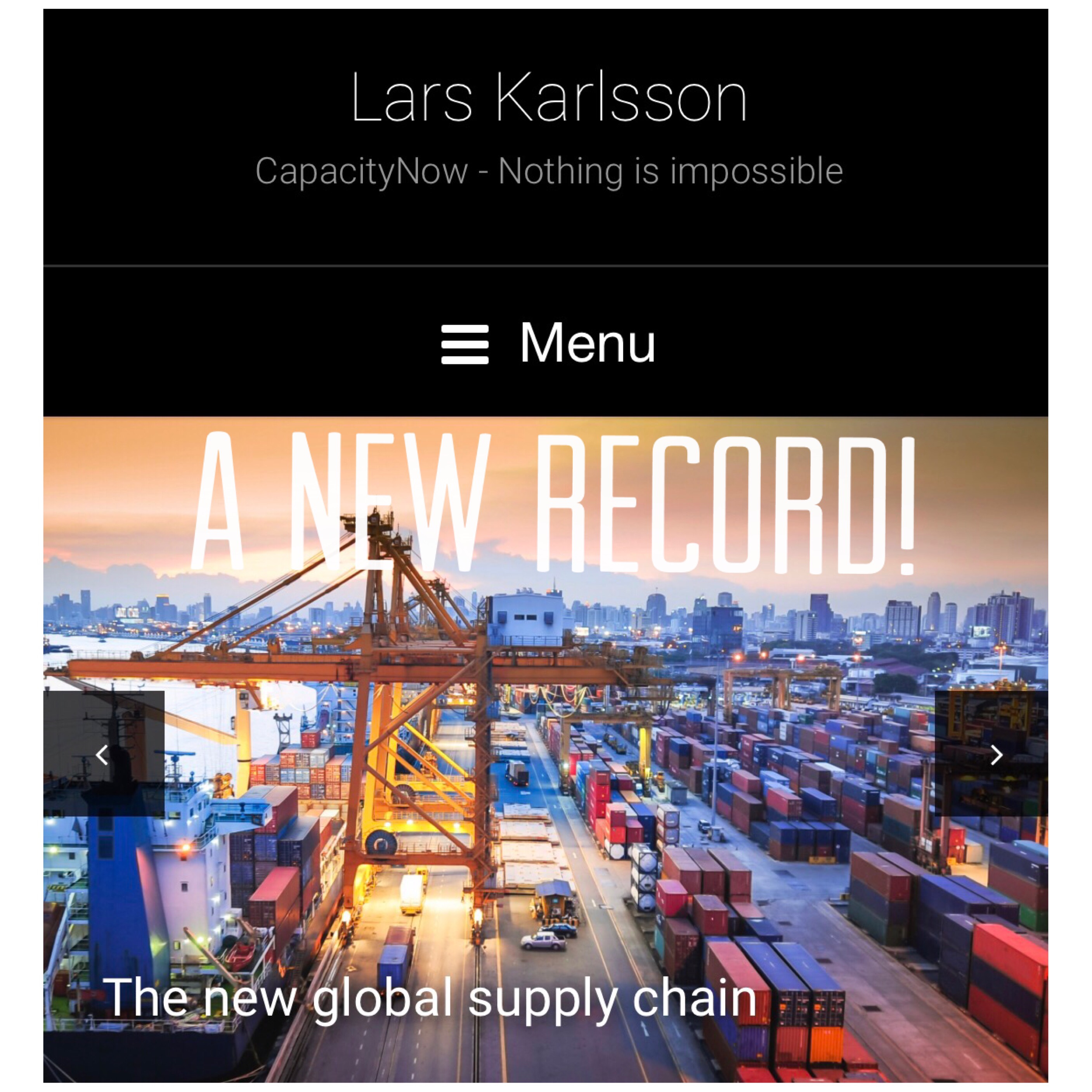
This was a new world record for me, for the first time surpassing the landmark 17.000 reader mark. An amazing thing, taking into account the very special topics I write about.
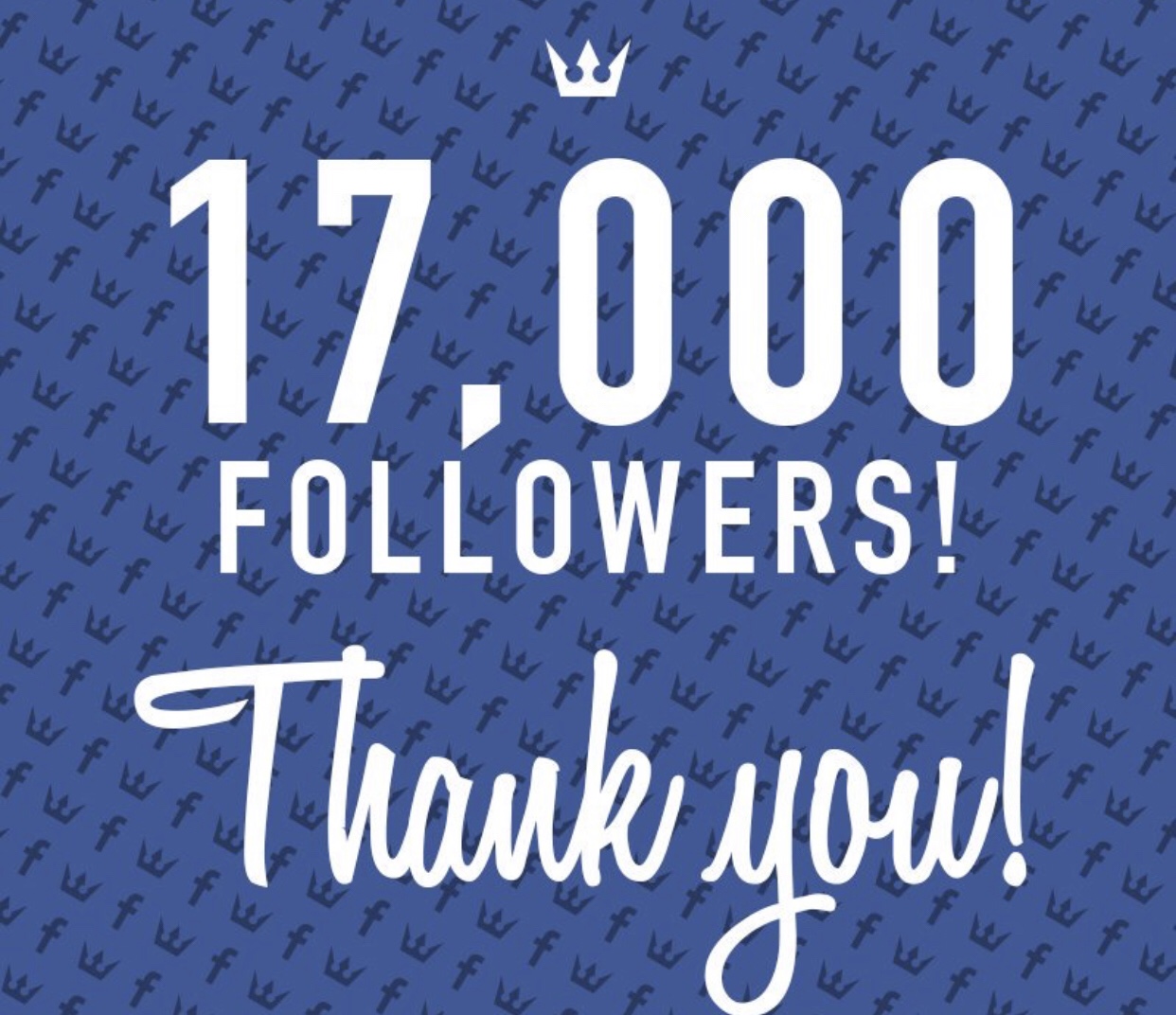
I want to thank all readers for your interest and engagement. It is a fantastic honor and privilege to have you aboard.
Now we aim for 18K!
Esrlier this week we have had a set of strategic meetibgs at KGH Headquarters in Gothenburg, Sweden.

Monthly meeting with HQ staff. We offer breakfast and update everybody of the latest news.
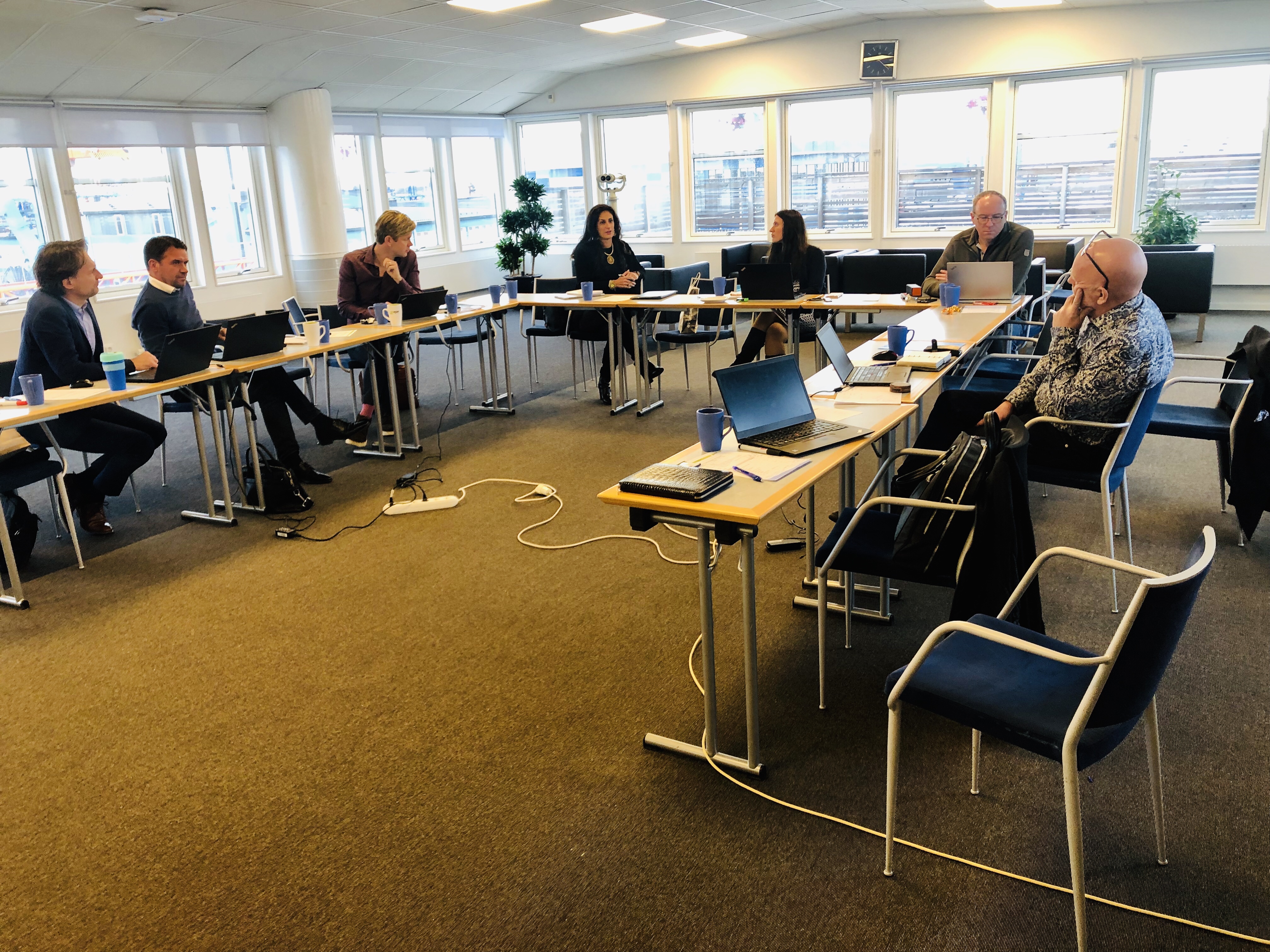
KGH Global Consulting Management Team meeting. This is my team of extremely experienced and qualified leaders.
It is important to meet frequently to discuss strategies and delivery. Especially in times when the world is changing very fast.
We are a company that are experts on Customs and we are now more than 800 experts in 42 offices in 12 countries. We worknwoth Customs, Trade and Borders. This is what we do.
We work around the world supporting Government and Private Sector involved in international trade, with Customs services making trade easier, faster, safer and more predictable.
HMRC today published a document announcing the Simplified customs processes for UK businesses trading with the EU in the event that the UK leaves the EU without a deal.
This is a must-read for all people working with international trade. A good initiative. The routines are not applicable on the NI/ROI border.
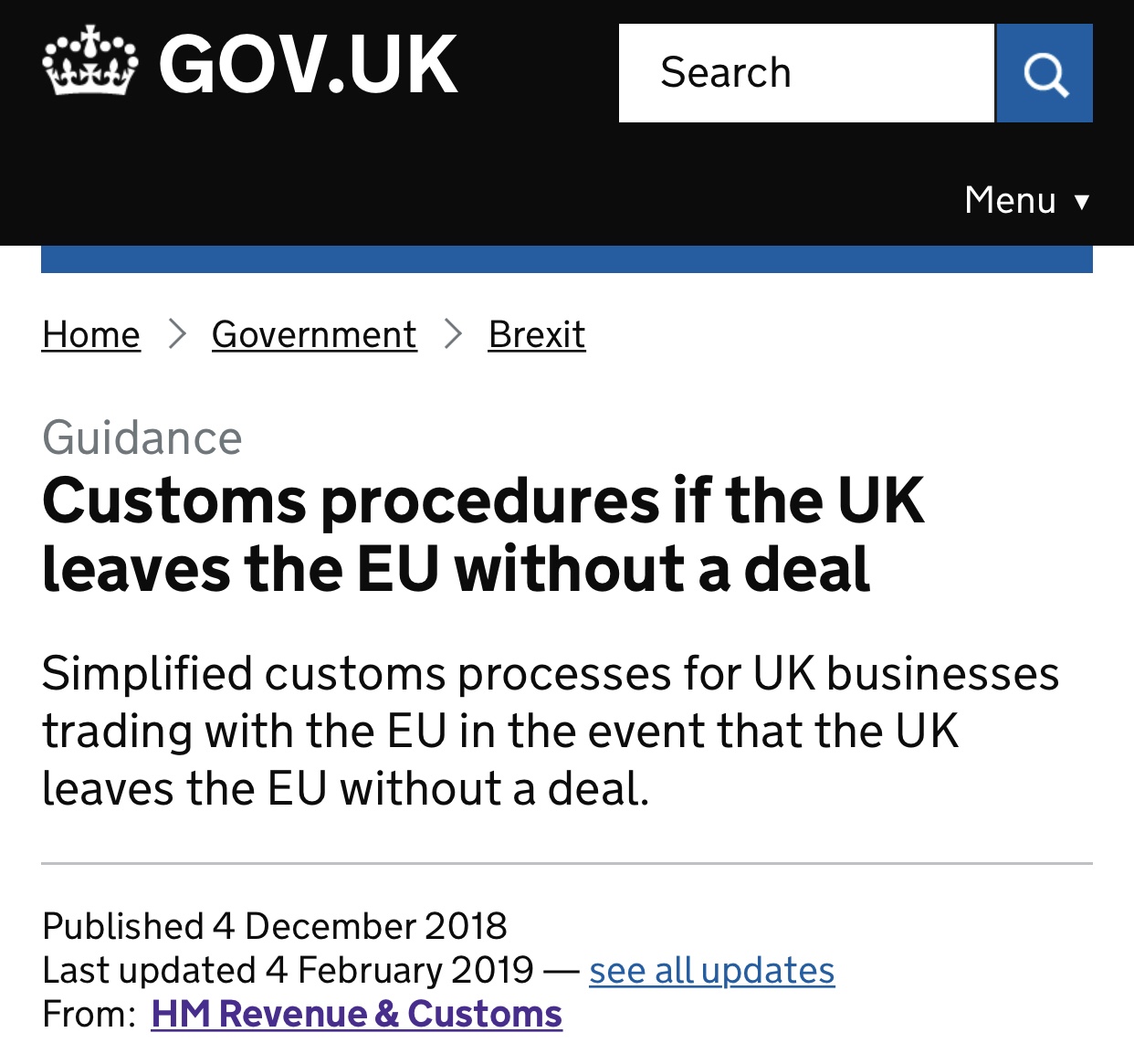
It is also important to remember, if we will get a no-deal hard Brexit, that on the other side in EU normal procesures for third country customs clearance according to the EU Union Customs Code will be the applicable if the EU does not decide otherwise.
To read the new procesures, click here: HMRC Customs procedures if the UK leaves the EU without a deal

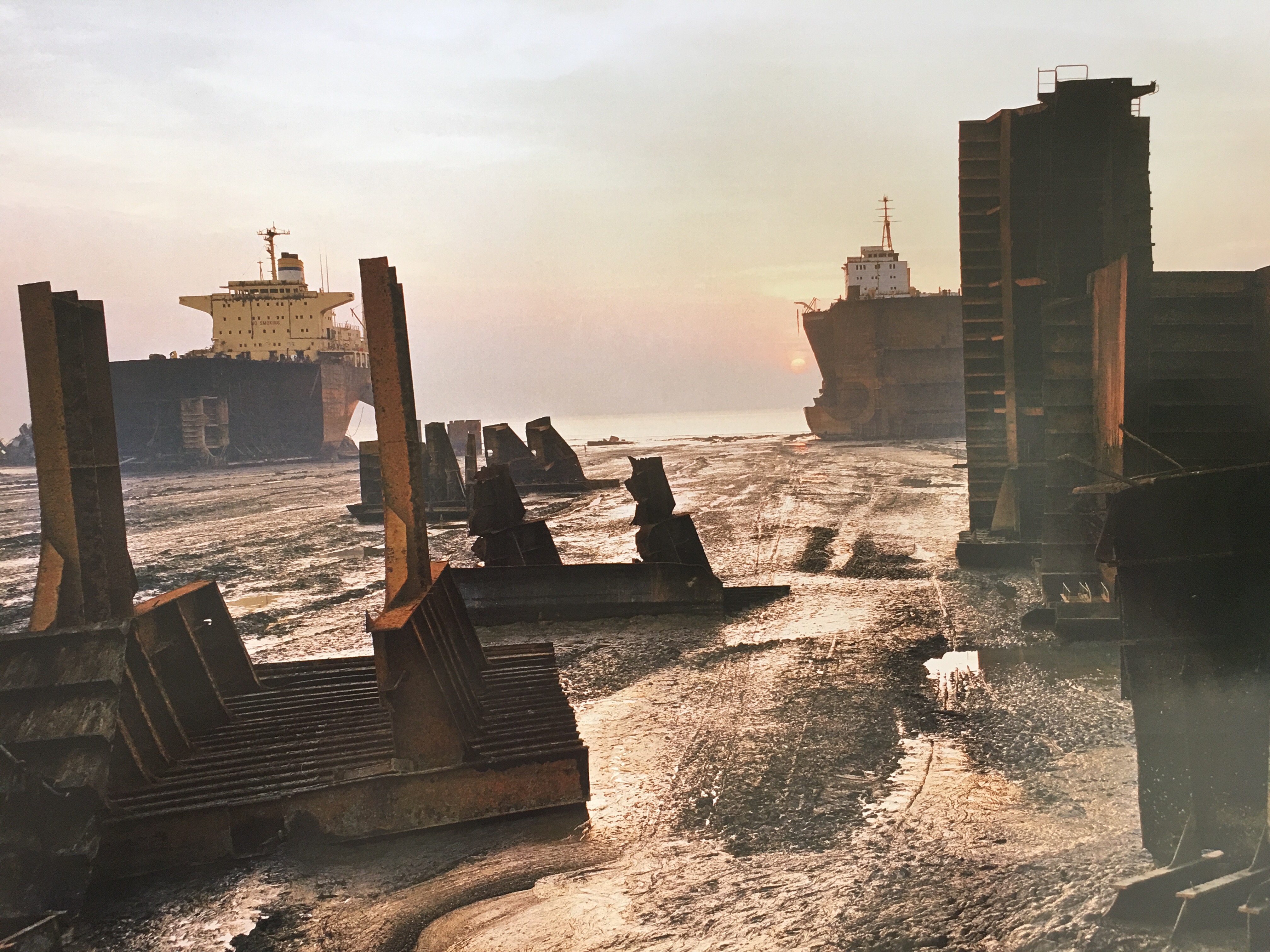
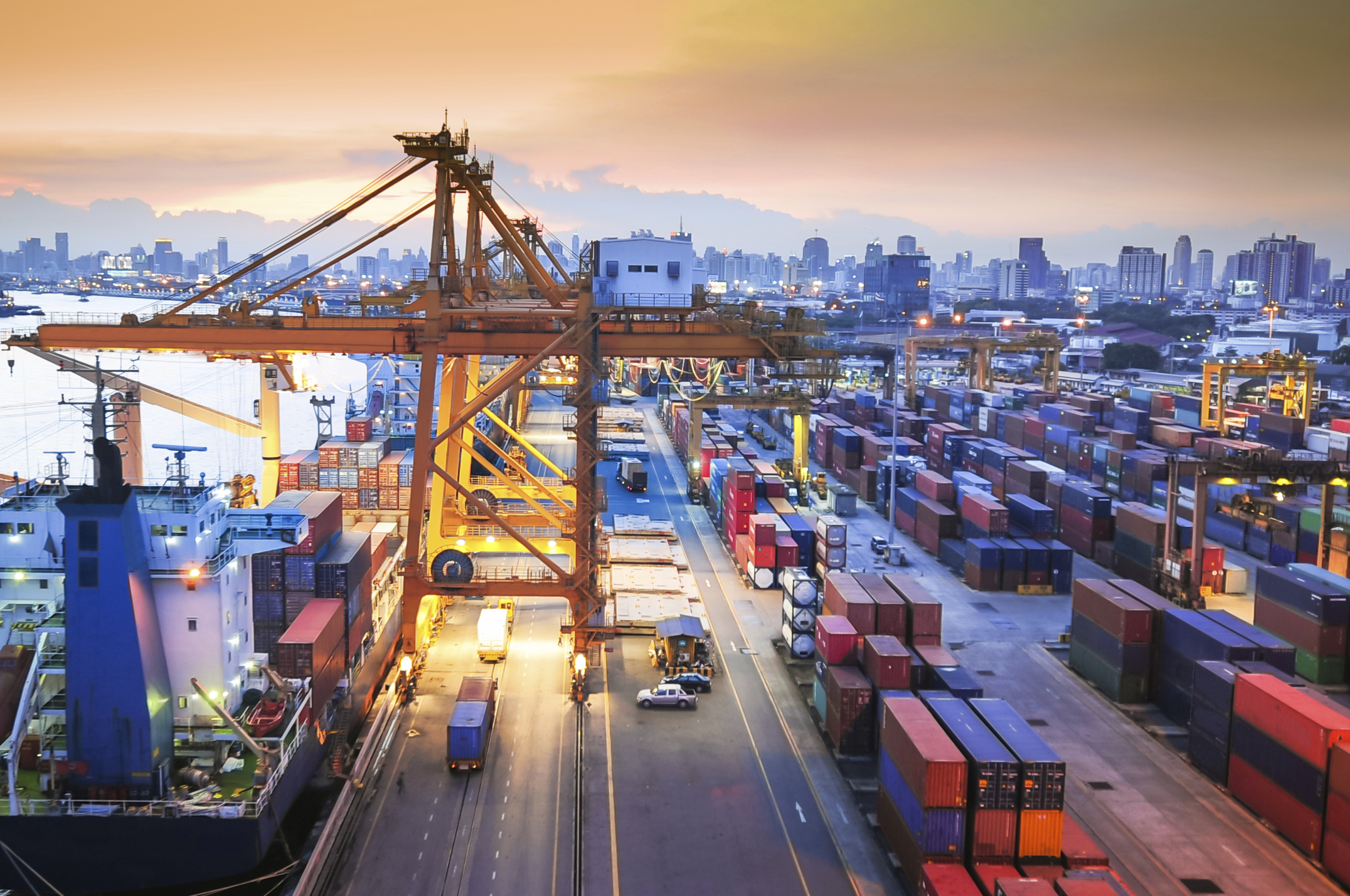



You must be logged in to post a comment.